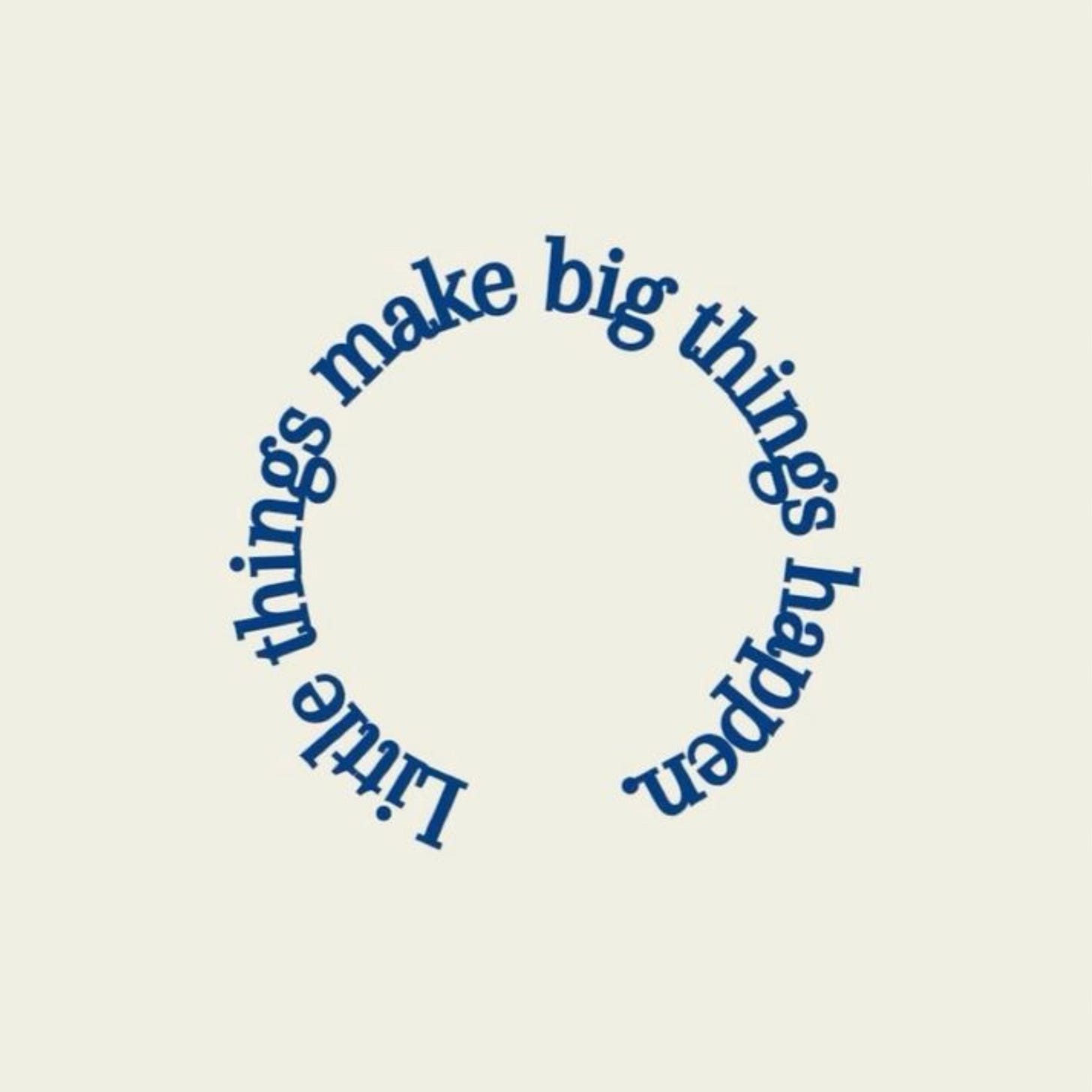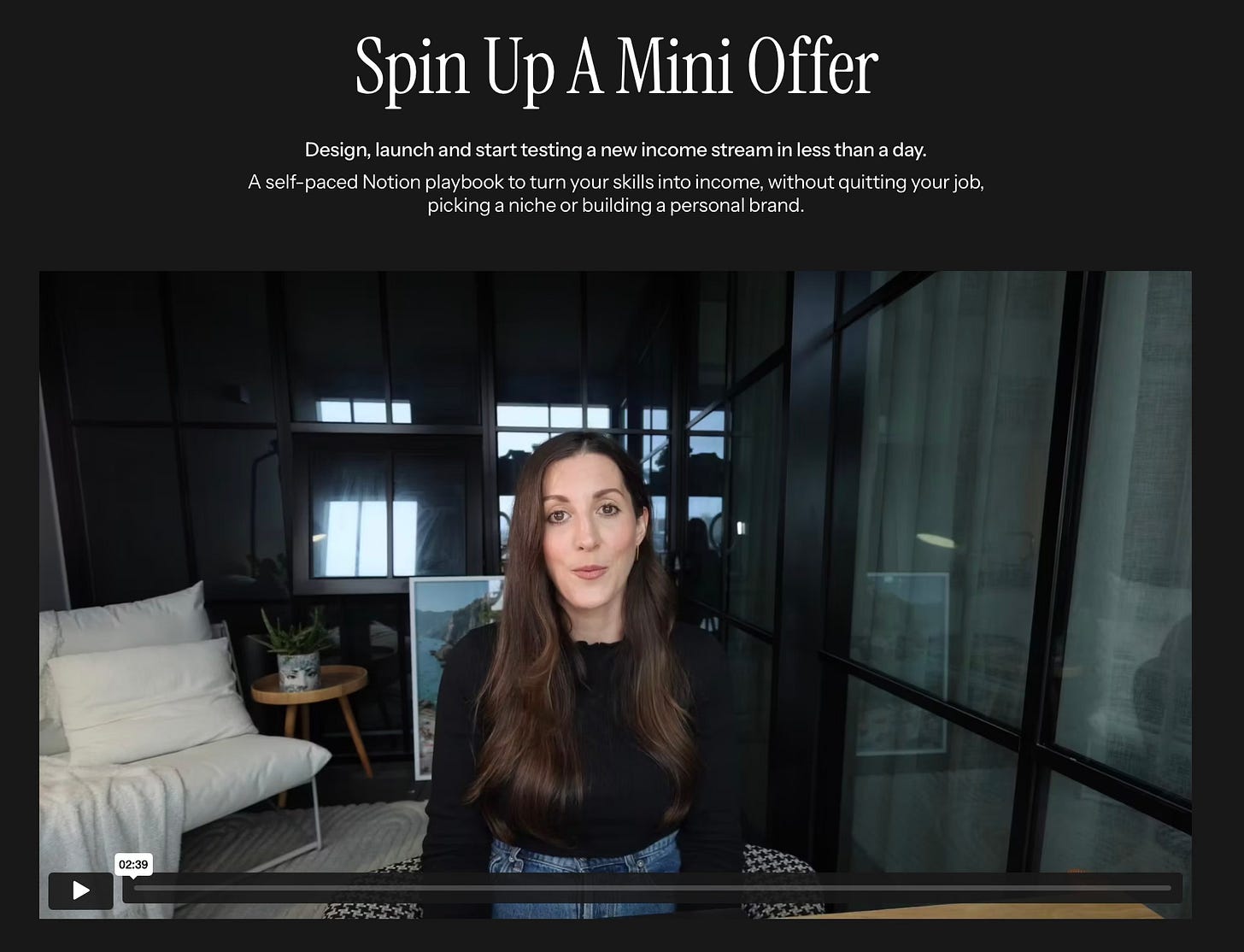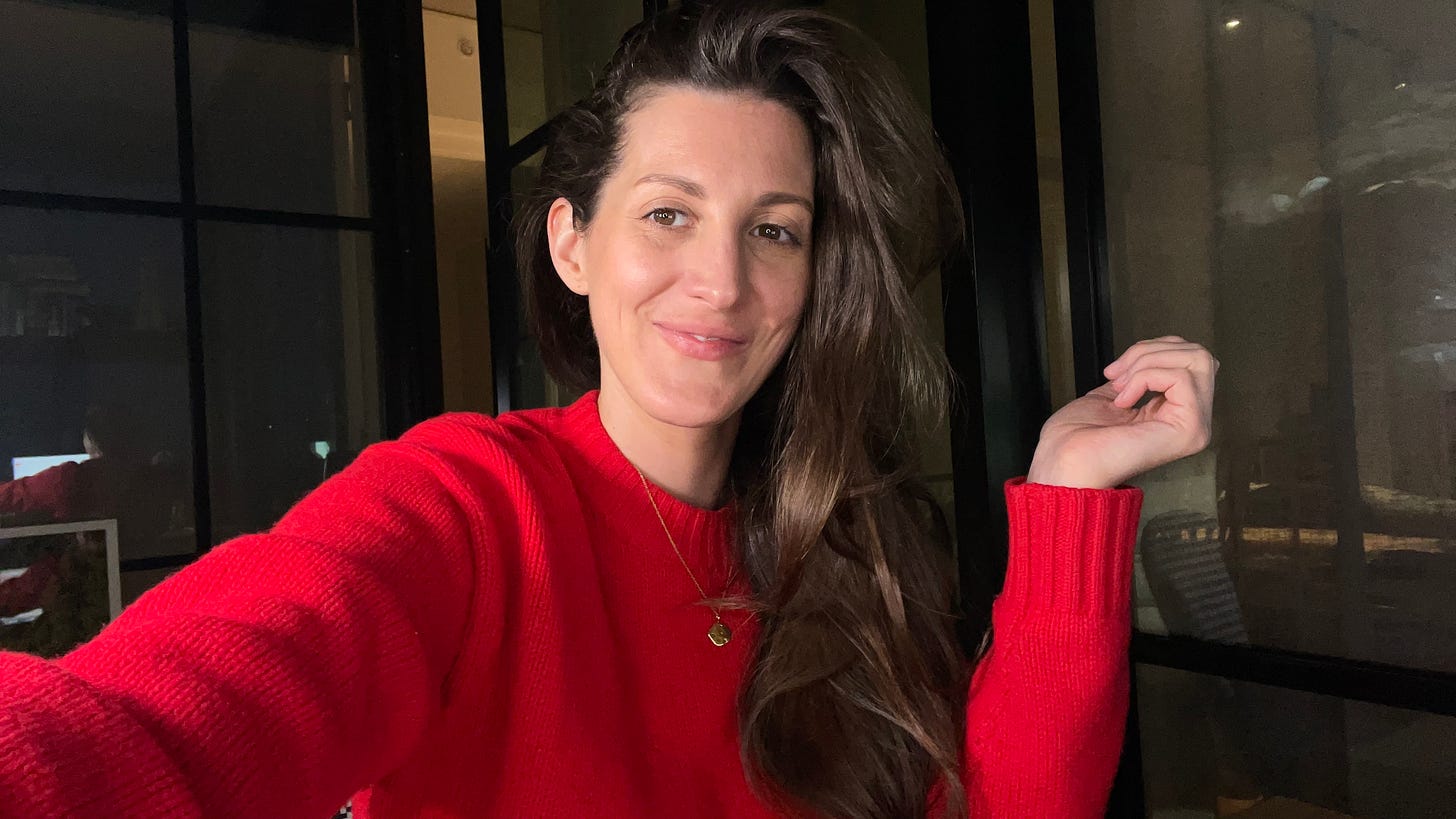How I test new income streams again and again and again
The mini offer = the quickest way to test, learn and earn without getting sucked into the perfectionist vortex.
Last week I shared why I think everyone on planet earth should spin up a mini offer and take it to market. According to my bloated DMs many of you were curious about how I do this, which is rather convenient because I’ve just launched a playbook - called Spin Up A Mini Offer - detailing my tried and true process. In today’s post I’m sharing much of it because I believe that sharing how to think and act entrepreneurially in this uncertain economy is the lord’s work!
To recap last week’s essay:
A mini offer is a small, paid service that solves one specific problem for one specific customer
Launching one doesn’t require an audience, a personal brand, a fancy website, a complex marketing funnel, or anything other than your willingness to pick a skill, package it up and tell someone about it
Spinning up a mini offer is one of the fastest and easiest ways to a) test a new idea before investing too much time in it and b) learn the repeatable skill of generating money on your own
I’ve tested approximately one billion mini offers over the course of my portfolio career, give or take:
I tested an advisory offer waaaaay before I started this Substack or had any personal brand to speak of. This now represents a core part of my portfolio
I validated 1:1 mentoring which is now a sizeable chunk of my monthly income
I’ve tested and killed marketing funnel workshops for membership-based communities, content strategy sessions for ecomm brands, GTM playbooks…I could go on
You might be thinking that creating and selling a mini offer sounds like big effort for little reward (how much can you truly earn this way, I hear you ask). On the surface it looks like you’re simply creating a random small service, but it’s about so much more than that.
It’s about learning how to turn your ideas and skills into paid offers.
It’s about developing the ability to create, test and refine income streams as you go.
It’s about testing and learning, trying and failing, building and growing.
It’s about putting yourself out there even though it’s terrifying, which is, in my humble opinion, the most important portfolio-career-skill to master.
My Process
At its most basic level, designing, launching and testing a new income stream is a process that, once learned, can be repeated again and again and forevermore:
Take a skill → turn it into something valuable → share it → get feedback → refine → share it again → convert → bolt it onto your portfolio (or kill it)
In broad strokes, here’s how I think about it…
First, know yourself and your value
As Socrates famously proclaimed thousands of years ago…know thyself, know thy value (I may have added that second part). I’m not sure he was referencing portfolio careers at the time, but unbeknownst to him, he was sharing the first step in learning how to earn. A step which is both painfully obvious and impossibly difficult. Difficult, because our skills are largely so second nature that we struggle to realise what they are. We assume everyone thinks the way we do (they don’t). We assume that our past work isn’t relevant (it is). We believe that our random capability mash-ups are too messy to turn into something we can communicate without tripping over our syllables, let alone sell (they aren’t).
In reality, you’re sitting on a treasure trove of expertise and experience that you’ve probably never thought to monetise because it simply didn’t occur to you. Expertise and experience that are assets with commercial potential. Expertise and experience that could form the basis of your first or next income stream.
Then, reframe your value through the lens of a customer
Once you have some godforsaken clarity around a specific area of your value, you must then shift the focus from you (ie. your skills, experience, background) to them (the customer, their problem, the outcome they want, how you’ll deliver a result).
This involves tapping into your business brain and defining, among others, the following things:
Who can you help? (the customer)
What are they struggling with? (the problem)
How can you help them? (the solution)
What will you deliver? (the promise)
How will you package it up? (the format, price etc.)
When you do this, what was a random list of skills is magically transformed into something you can offer, share and sell. Bada bing, bada boom.
Next, go to market
There are two main ways to validate and/or sell your mini offer:
One to one: speak to people about it (conversations)
One to many: broadcast it (through social media, email etc.) and collect data (a survey, waitlist, pre-sales)
Most people think that #2 is the “right” way to validate an offer, and while there’s definitely a time and place for valiantly proclaiming your new direction to the LinkedIn lurkers, for most people that time and place is not in the middle of trying to figure out whether it genuinely is a new direction or a dead end. And so, if you don’t feel confident shouting about your mini offer, whisper. Speak to people one on one. Share what you’re testing. Ask questions. See what lands.
Side note: if the act of emailing people directly elicits fantasies of being swallowed up by a giant sinkhole, consider this mindset I live and die by. Outreach is an invitation, not an ick. When you email someone with an ask or an offer, you’re opening a door. Starting a conversation. Putting something potentially useful into someone else’s world. And these initial conversations might very well lead to an introduction. Or a sale. Or many sales. Or entirely new pieces of work.
In my new Spin Up A Mini Offer playbook I share real examples from my portfolio career so you can copy what works, tried and tested outreach, call and follow-up email templates, AI prompts to help you get unstuck and move faster, plus loads more. If you want to steal my process, check it out here.
Finally review, reflect, refine, repeat
Once you’ve gone through the process of picking a skill, spinning it into a mini offer, and validating/invalidating through artful conversations, it’s time for a reflection and reset. I use the Start Stop Continue framework - this helps you assess where you’re at and decide what comes next.
Start: As part of your first round of mini offer validation, what didn’t you try? What could you add in your next round? What new practice or angle do you want to test?
Stop: What didn’t work? What failed right out of the gate? What didn’t land? What might you let go of?
Continue: Where do you need more data? What will you double down on? What did you enjoy? What sold? What has potential to spin out into something bigger and more lucrative?
Once you’ve figured out what the next iteration of your mini offer experiment looks like, get back out there. Test, tweak, sell, repeat.
Start small, dream big
I’m no Socrates, but I’ve learned a few things over the years and one of them is this:
Multi-channel, multi-layered work models aren’t built through well-intentioned, perfectly curated, obsessively strategised plans. They’re not made with a slam dunk offering in a single launch moment.
They’re built through heart-in-your-throat, pulse-racing, beads-of-sweat, why-am-I-doing-this type action. By taking something you already have - a skill, an insight, an experience, a passion - and sharing it courageously with the world. Even though it’s stressful as fuck. Even though you might look silly. Even though it might not work.
This is the process of building in real time. This is the process of turning skills into a dollar, and then another, and then another.
And once you’ve earned a dollar through your effort, courage and grit, there’s no turning back. Once you’ve earned a dollar, you’ve started.
And once you’ve started, there will be no stopping you.
How to think about mini offers if you’re a generalist (like me):
❤️🔥 Subscribe for more ideas and frameworks…
…to help you build a financially lucrative and creatively fulfilling portfolio career and life.







Wow, this came at just the right time. I literally just launched and started testing a mini offer—right now! And you're right: it’s terrifying. But I’m realizing I’m in the middle of turning a skill into something tangible that solves a real problem for a specific group of people, and it is exciting!!
My head is spinning with the process you described. And you’re so right: “once you’ve earned a dollar, you’ve started.”(I just signed my first client!) Thank you for this post 🙌✨
Your writing is so poetic 🙌 I can hear your voice even if I’m just reading this. Love this product